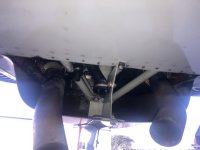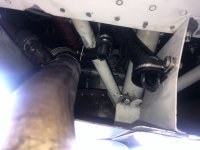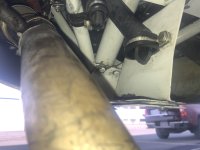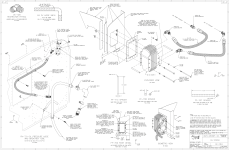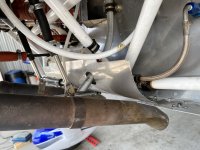Jeff Bost
Member
Gentlemen,
Here are a few pics I snapped today of my crankcase breather line. I’ve gone from 7 to 4 qts in 13 hrs, with most being blown overboard. I realize I overfilled at the oil change but I’m concerned at my oil use. I went over the engine pretty well this morning and found no real leaks. A little oil at the bottom of the dipstick tube. I thought maybe I’m getting a vacuum at the breather and drawing oil out. I’d appreciate any ideas. Thanks,
Jeff
Here are a few pics I snapped today of my crankcase breather line. I’ve gone from 7 to 4 qts in 13 hrs, with most being blown overboard. I realize I overfilled at the oil change but I’m concerned at my oil use. I went over the engine pretty well this morning and found no real leaks. A little oil at the bottom of the dipstick tube. I thought maybe I’m getting a vacuum at the breather and drawing oil out. I’d appreciate any ideas. Thanks,
Jeff

